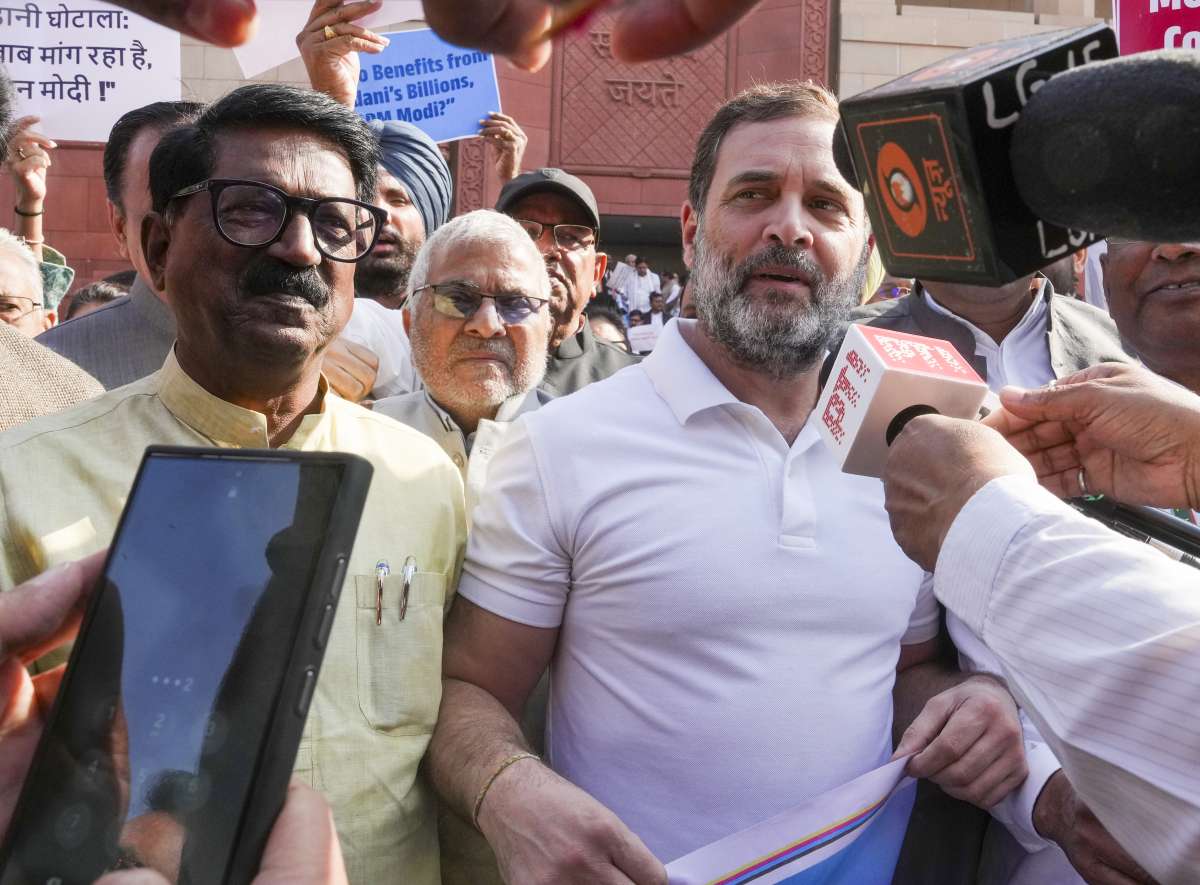
Mahatma Gandhi’s non-violence: Influences from West to West Gujarat
Hindustan TimesMK Gandhi, whose nonviolent political philosophy became a model for world leaders like Nelson Mandela and Martin Luther King, may have been influenced by western traditions as well as from his own backyard in Kathiawad - presently the western portion of Gujarat. The author notes that while dictionaries often define “ahimsa” as a translation of the Sanskrit word for ‘non-violence,’ Gandhi emphasized its deeper significance as a philosophical principle rooted in ancient India. However, a 19th-century Sanskrit–English dictionary by Monier-Williams provides a more extensive interpretation, describing “ahimsa” as ‘not injuring anything,’ ‘harmlessness’, and ‘security’ or ‘safeness.’ This suggests that “ahimsa” encompasses a broader concept than just ‘non-violence.’ “Gandhi only began to talk about ahimsa as an informing principle of his method of resistance after his return to India from South Africa in 1915. “Gandhi began to apply the term ‘ahimsa’ to his method of resistance—satyagraha—only after his return to India from South Africa in January 1915. Historian late Howard Spodek in a research paper titled ‘On the origins of Gandhi’s political methodology: the heritage of Kathiawad and Gujarat’ says that Gandhi would have been inspired from traditions closer home.
History of this topic
How Gandhi used swaraj and satyagraha in India’s quest for freedom: Book Excerpt from ‘Indian Ideas of Freedom’ by Dennis Dalton
The Hindu
Mahatma Gandhi's ideals must continue to guide actions in ensuring peace and stability around the world: Jaishankar
The Hindu
How Gandhi’s moral vision could be a critical catalyst for capitalism
The Hindu
‘Gandhi has become all things to all people’
Live Mint)
Its Power of Resolving Crisis is What Makes Gandhism Relevant in Today’s Times
News 18Discover Related




)










































